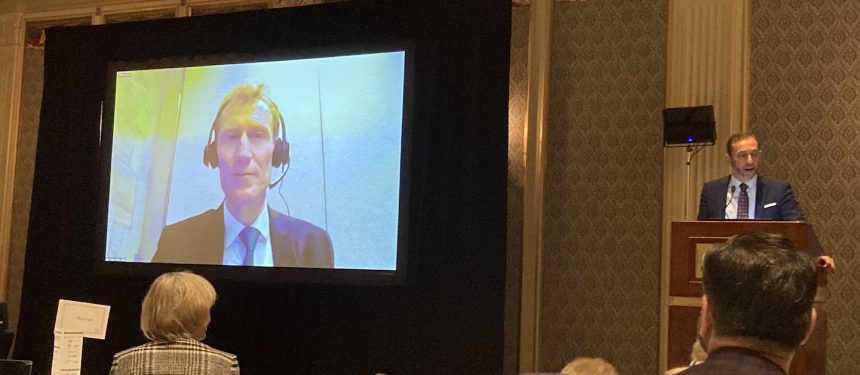Miller rejected the organisation’s proposal of language students being exempt from the cap, even though stakeholders have highlighted that they live with Canadian families and do not come to Canada to work.
“There is a challenge in volume and it’s one that needs to get under control… It’s not beyond my thinking to consider controlling the secondary space as well. That is perhaps the next step,” said the minister.
Miller had previously dismissed the idea of capping student numbers, describing the proposal as “doing surgery with a hammer”.
In 2023, over one million international students held valid Canadian study permits, an increase of 29% over the previous year.
Most international education leaders in Canada agreed that something needed to be done to control the “unsustainable” rise in international student numbers, but the language sector argued that they do not contribute to the problem.
“Since 2019 the language segment of education is the only one that has not seen unsustainable growth. We are still only at 80% of 2019 numbers, and even before that, this intake was seeing really measured growth,” Gonzalo Peralta, executive director of Languages Canada, told The PIE.
When the cap was announced on January 22, “all hell broke loose”, according to Peralta.
Politicians cited the country’s housing crisis as one of the reasons for the cap, which was an explanation for exempting secondary school students.
Language schools have argued that the same reasoning applies to their students.
“Most international language school students live with Canadian families and over $200 million goes to these households to support their mortgages, including seniors that really rely on the students being in their homes,” said Chris Mediratta, Languages Canada treasurer.
Yet Miller asserted that it wasn’t a housing announcement, and “the impact on housing and the carry-on benefits on the rest of the economy was not at the heart of the consideration”.
“I’m not entertaining any further exemptions right now. I think the discussions really need to occur and take place with the provinces as they deal with some of the incredible volumes that they themselves have created or encouraged,” said Miller.
However, provincial governments do not have jurisdiction over language education, according to Cath D’Amico, former president of Languages Canada.
“Students in our programs, whether they’re in private or public, whether they’re English or French, have different learning objectives and outcome goals. So, you can’t paint any of it with a single paint brush,” she added.
“We have to find a way for minister Miller to change his language”
Provinces have come under heavy criticism from Canadian politicians for their lack of scrutiny over “bad actors” in private institutions causing the explosion in international student numbers.
However, recent data from CBC News revealed that the growth was disproportionately linked to a handful of public institutions in Ontario.
“The federal government is responsible for volume because ultimately it controls the number of visas that are processed. So now they’re just refining their message and cleaning up their own mess,” Antonio Aragón, VP of business development at Bayswater Education, said.
“We’ve decided that we’re not going to ask why anymore because evidently there are plenty of reasons, I think we’ve got to focus on what now,” Aragón added.
The majority of language students enter Canada on Temporary Resident and eTA tourist visas, allowing them to stay for six months. These students are not impacted by the caps.
Languages Canada released a statement encouraging students to continue using these routes, as well as coming through the International Experience Canada work visa which will benefit from faster processing.
The organisation’s members are also committed to rebuilding the reputation of the industry, which they view as detrimentally damaged by harmful rhetoric peddled by politicians and the media.
“We have to find a way for minister Miller to change his language,” Cyndi McLeod, CEO Canada at Global University Systems, told the conference.
“Supposedly, we’re all in this business to ‘grab a buck from students’. We have ‘puppy mills’, we have ‘strip mall institutions’. Yes, we do have challenges, but this language is being repeated around the world and I’m very worried about the long-term reputation of Canada as an education destination.”
Another widely held concern of Languages Canada members was that the Canadian government, which doesn’t have an education minister, does not properly understand language school’s unique characteristics.
Such fears were confirmed by Miller’s assertion that 45% of “your” applicants come from India, which is true of the wider education sector but not of language schools whose Indian applicants are negligible, according to Peralta.
As such, Aragón and other members vowed to be “that squeaky wheel” in government, communicating more loudly with ministers and the wider public about the value of language learning for integration and the specific needs of language schools in Canada.




